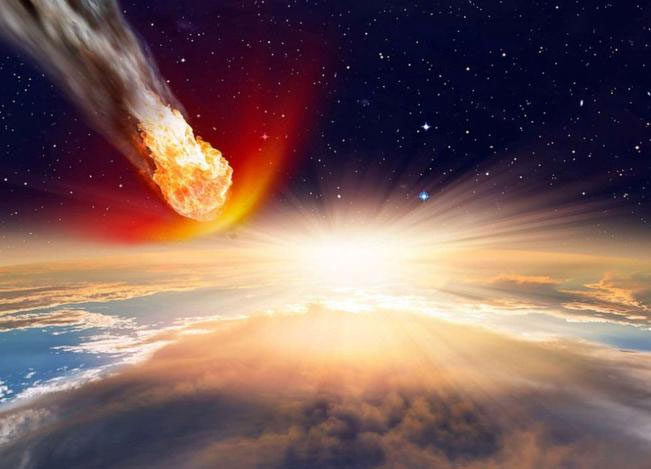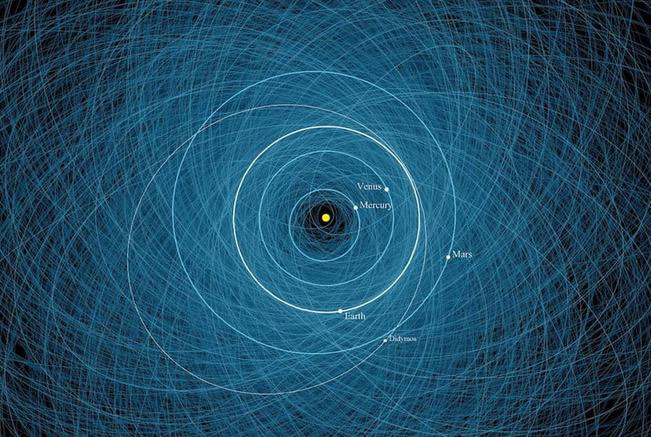A new algorithm being developed by NASA promises to help detect early any asteroids that pose a high risk of colliding with Earth’s atmosphere.
While the likelihood of a large asteroid impacting Earth is not entirely clear, the consequences of such an event could be catastrophic. Therefore, it is crucial that we continuously monitor the Solar System to identify any asteroids that may threaten our planet.

Asteroids are chaotic objects surrounding the Solar System.
NASA is currently tracking approximately 28,000 near-Earth asteroids to assess their impact risk. The space agency reports that this number increases by about 3,000 each year as more asteroids are discovered.
In the coming years, they hope that this number will rise significantly as more high-quality telescopes capable of observing a greater number of asteroids become available.
Scientists at the Center for Near-Earth Object Studies (CNEOS), managed by NASA’s Jet Propulsion Laboratory, have created an impact monitoring algorithm called Sentry-II.
This algorithm will help better assess the probabilities of impacts from near-Earth asteroids.
Asteroids are chaotic objects in the Solar System, changing their paths unpredictably and threatening the safety of our planet. However, the reality is that asteroids are celestial bodies with extremely predictable behaviors and follow the laws of physics and orbits around the Sun.
Sometimes, the paths and orbits of these bodies can bring them very close to Earth, significantly increasing the risk of collision with our planet.
The good news is that Sentry-II will provide scientists with more accurate data, allowing for more reliable assessments of the risks posed by asteroids to Earth.
There are many challenges that scientists face when attempting to calculate the trajectory of an asteroid. This also explains how NASA’s OSIRIS-REx spacecraft has provided additional data about a relatively dangerous asteroid named Bennu.

This chart shows the orbits of 2,200 potentially hazardous objects as calculated by the Center for Near-Earth Object Studies (CNEOS) at JPL.
So what happens if scientists identify a large asteroid on a collision course with Earth? There’s no need to worry too much, as NASA is currently testing a defense system. The recently launched DART mission aims to change the trajectory of an asteroid by directly crashing a spacecraft into it.
If the mission is successful, this method will become our primary form of protection against any large, dangerous asteroids heading toward Earth.


















































